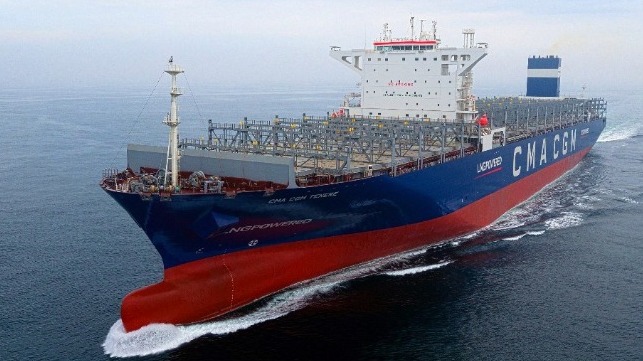How Eastern Pacific Shipping Achieved its CO2 Target Two Years Early

Last year, to showcase that sustainability begins with accountability, Singapore-based shipowner Eastern Pacific Shipping (EPS) started disclosing a fleetwide CO2 emissions report as part of its inaugural environmental, social & governance (ESG) policy.
Eastern Pacific has a diverse fleet totalling 15 million dwt in the container, dry bulk and tanker segments. Using the industry-accepted annual efficiency ratio (AER) – the ratio of a ship’s carbon emissions per unit of actual transport work - EPS reported a fleetwide AER of 4.7 grams of CO2 per tonne-mile in 2019, showing a steady decline over the AER of 5.1 posted in 2015. This trend prompted EPS’ management to set a target of achieving an AER of 4.5 by 2022.
On January 28, EPS announced that it achieved an AER of 4.4, meeting its target a full two years ahead of schedule. EPS CEO Cyril Ducau said that the company’s ability to align its forces towards a common green goal can be credited to the philosophy of “not letting the perfect be the enemy of the good.” This same philosophy has attracted like-minded charterers, including BHP, CMA CGM, and Equinor, which awarded EPS with landmark time charter contracts in 2020.
“EPS is fully committed to the green and technology-driven growth of the industry on all fronts. While the ultimate objective is zero emissions, that is simply not feasible today. What is feasible is using various resources currently available to significantly lower CO2 emissions and greenhouse gas emissions in general. Optimization technology, alternative marine fuels like LNG, LPG, and biofuels, and a workforce dedicated to the greater good, has proven that cleaner shipping is achievable today,” said Ducau.
“While our 2020 emissions report is good news, it’s important for us not to become complacent. We need to maintain a low AER at a time when our diverse fleet across the container, dry bulk, and tanker segments is expanding, with over 40 newbuilds on the horizon. Fortunately, most of these vessels will be powered by alternative marine fuels, making them some of the cleanest ships on the water in their respective categories,” he said.
